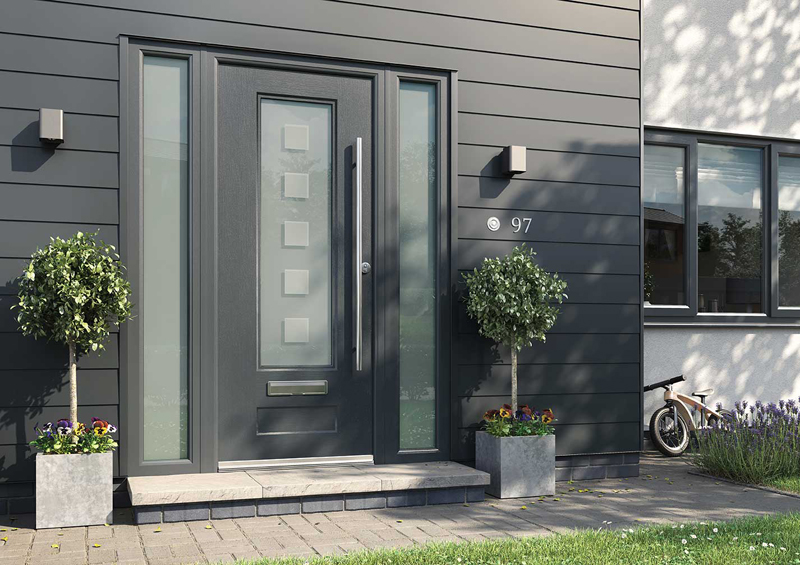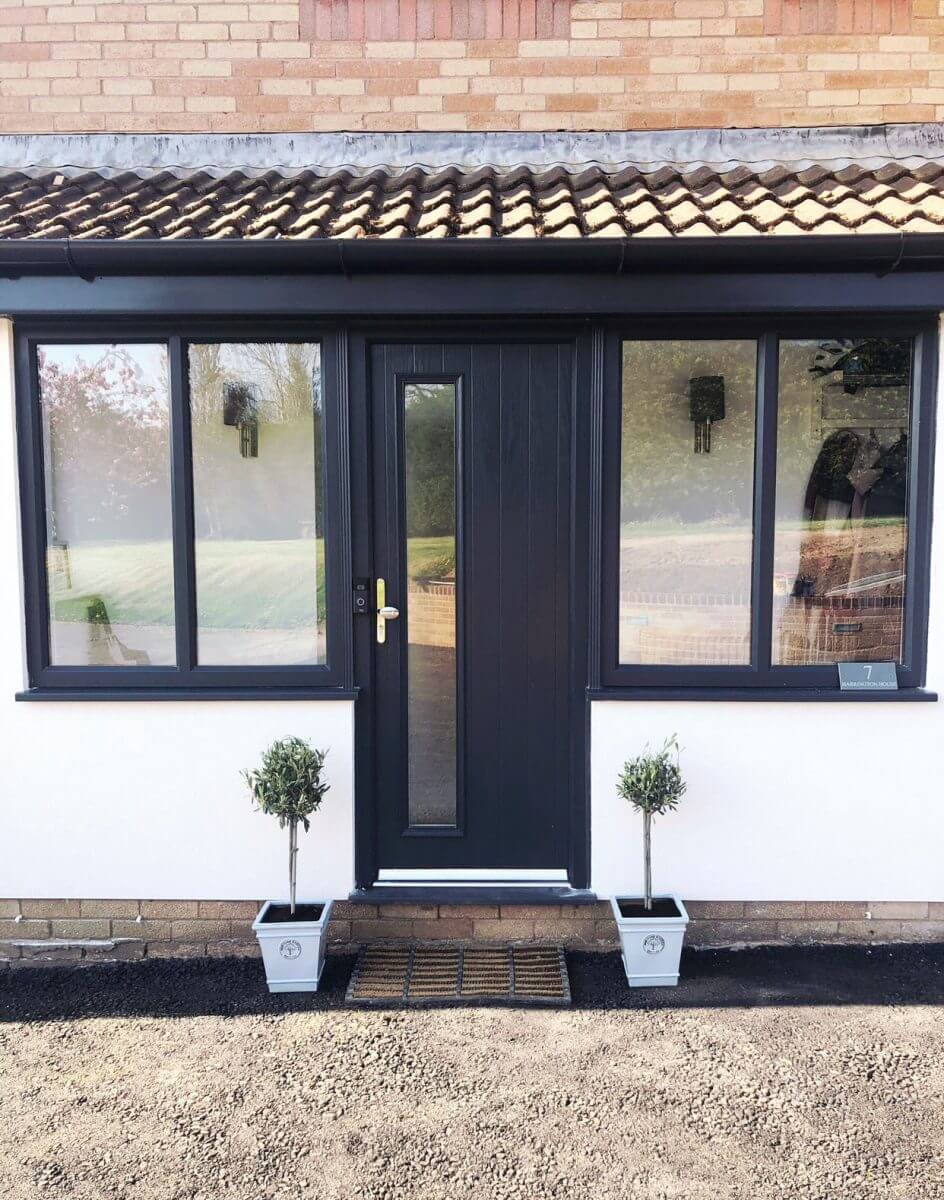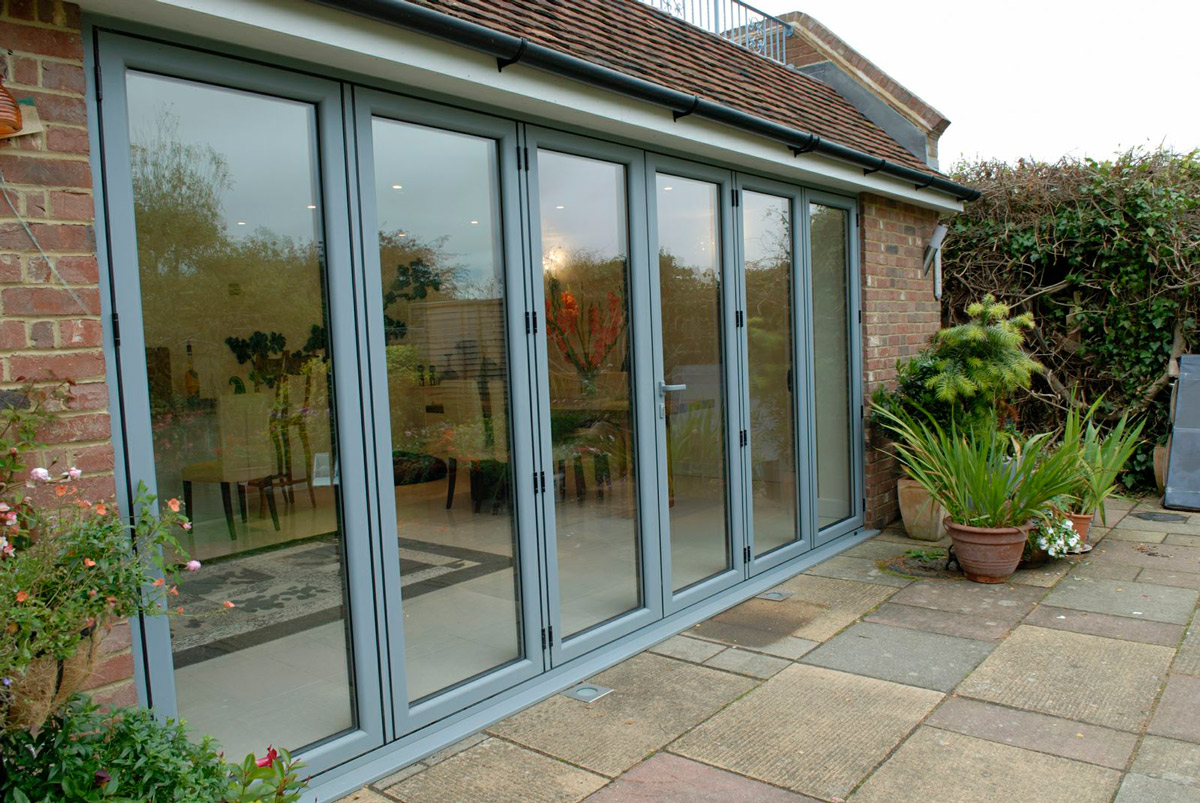Which uPVC Window is Right for you?
Double glazed uPVC windows are a fantastic way to add visual appeal to a home as well as improving the security, weatherproofing and thermal efficiency. These cost efficient installations will help a home better retain heat, helping to lower your annual energy bills.
We can replace existing windows or install uPVC windows into new homes. uPVC windows are long lasting and low maintenance, making them the ideal replacement for steel and timber profiles. We offer a range of different styles and customisation options that may be a little overwhelming.
Here are all the uPVC windows we offer and a guide to choosing the right one for you.
What are uPVC double glazed windows?
uPVC, or Unplasticised Polyvinyl Chloride, is a low maintenance plastic material that is crafted to use long lasting and durable windows.
uPVC windows are made by heating up the plastic materials and pouring into a mould, creating a range of unique shapes. There are many benefits to our uPVC windows, they are an eco-friendly installation with very low thermal conductivity.
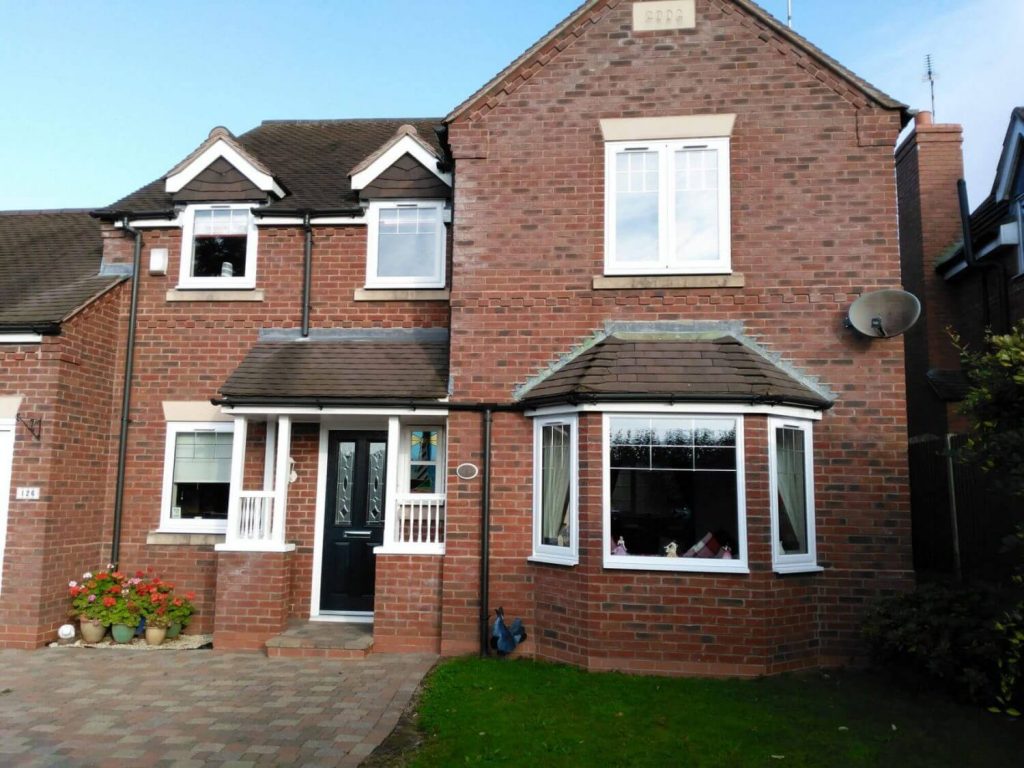
Casement windows
Casement windows are one of the most popular and versatile uPVC window styles on the internet. They come in a range of configurations to ensure they suit all styles of architecture and personal preferences.
You can have single, double, or triple glazing in casement windows, all available in a range of sizes. You have control over the configuration as they can open on one side, both sides, from the top or across the entire frame. This means they can be adapted to your home.
Not just attractive, our casement uPVC windows feature a tight seal for outstanding levels of insulation and energy efficiency.
Flush Casement Windows
Flush casement windows are a timeless style that is commonly installed in heritage homes and period properties. This style stands out because the flush casement window sits elegantly flush within the window, delivering a sleek appearance.
This style of window replicates the classic look of timber profiles, making it a popular replacement for wooden frames. Enjoy all the looks of a traditional installation with none of the maintenance, weatherproofing or durability issues.
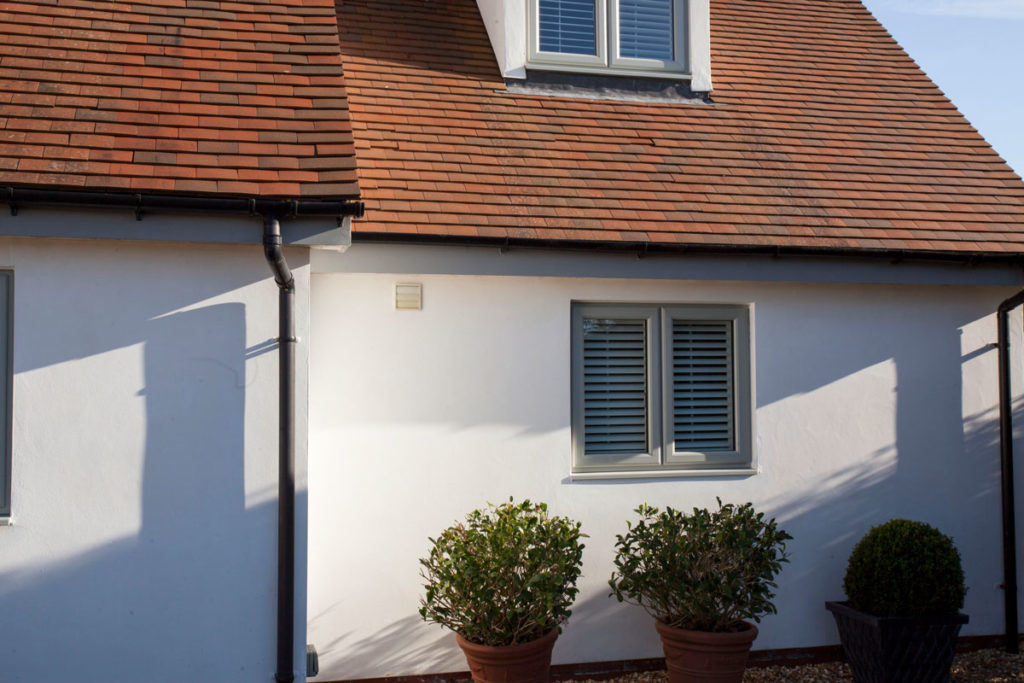
Tilt and turn windows
The tilt and turn window has been a popular installation since they were introduced in the eighties. They are especially ideal on higher level floors and in smaller rooms. They can be opened up in several directions to ventilate a space without security being compromised.
Unlike the casement that opens outwards, tilt and turn uPVC windows open inwards and can be opened fully to enable cleaning. This is why they are commonly installed on upper floors. They are also highly energy efficient, helping a space better retain heat when closed.
Sash Window
Sash windows are ideal for period properties and can be installed into listed buildings and homes in conservation areas. They make a good replacement for older profiles as they look identical but have been crafted to a premium level.
Our uPVC sliding sash windows come with a unique opening system. The bottom half of the sash lifts vertically upwards, sitting just beneath the top sections. With some designs of windows, both the sashes can then be tilted, for enhanced visual appeal and improved ventilation.
This style of uPVC window is traditionally seen in older, Victorian home but are also popular in more contemporary designs.
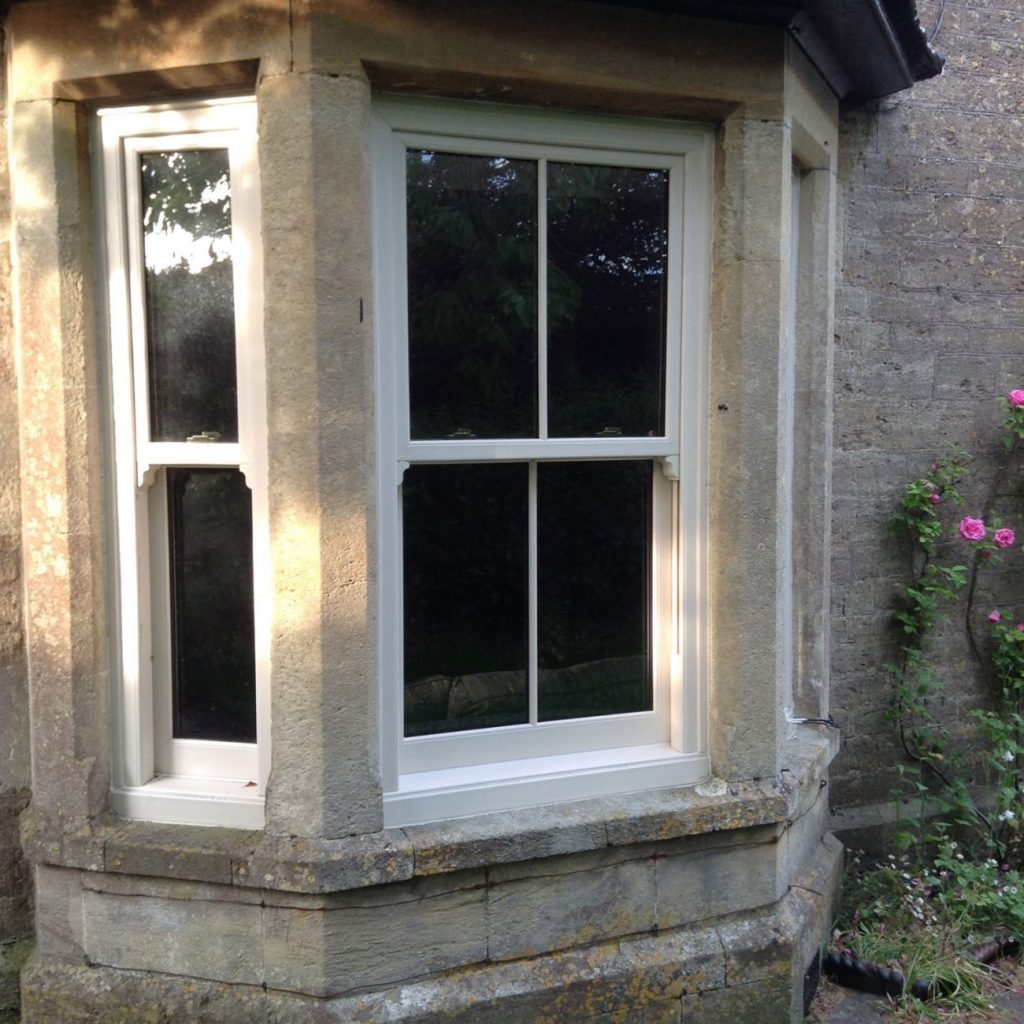
Bow and bay windows
A bay window projects out from the exterior wall line and extends to the floor. They are commonly seen on Victorian and Edwardian houses, allow you to create a focal point at the front of a house. Enjoy panoramic views of your garden space or coastal area.
Bay windows can flood a darker room with light, making it feel more spacious and welcoming. They can also ventilate a space, adding more airflow. A bay window may be considered an extension because it projects from a wall. Bay windows are better suited for the back of a home as it doesn’t require the same number of permissions.
Bow and bay windows come in a range of different configurations, ensuring you get the perfect installation for your property. The difference between the two designs is that the base wall brickwork of a bay window is extended. A bow window unit projects from the room and floats without the wall underneath.
Which type of window is best for my home?
When deciding which type of uPVC window is best for you and your home, it’s important to consider the style of your property and the other buildings in the area. Our uPVC windows can be customised with a range of colours, hardware and finishes, including woodgrain foils which mimic the look of traditional timber.
Here at Leekes, we have an online quoting engine to help you get a bespoke price on your new uPVC window installation. Simply input your dimensions and contact details to get a quote today. Get in touch today to learn more.
Categories: Updates
